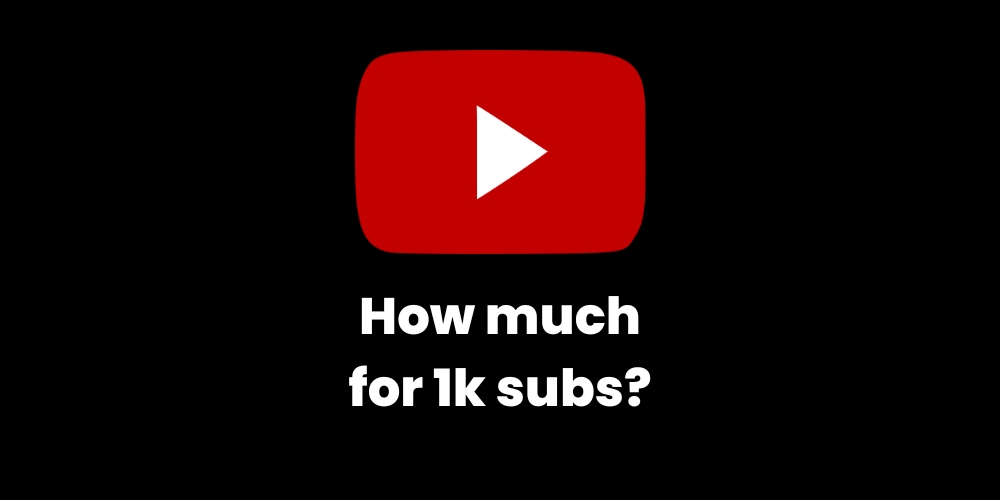Digital Product Guide: How to Create, Where to Sell, and Pros & Cons of Various Marketplaces

Digital products have become increasingly popular due to their high profit margins, scalability, and the global reach of online marketplaces. Whether you’re a creative individual, an expert in a particular field, or simply looking for new income streams, digital products offer a world of opportunities. This article will explore various digital product ideas, how to create and sell them, and analyze the pros and cons of popular marketplaces like Envato Market, Canva, Etsy, and your own website.

Digital Product Ideas and Creation
Ideas for Digital Products
- E-books: Share your expertise or storytelling in a downloadable e-book format.
- Online Courses: From cooking to coding, teach others a skill through video courses or written materials.
- Stock Photography/Videography: If you have a talent for photography or videography, sell your work as stock material.
- Graphic Designs: Create and sell logos, website templates, or social media graphics.
- Software and Apps: Develop helpful tools, games, or utility apps.
- Music and Audio Tracks: Produce and distribute original music, sound effects, or audiobooks.
- Printables: Craft designs for planners, calendars, or party decorations that customers can print at home.
How to Create
Creating a digital product often involves selecting a niche you’re passionate about or skilled in, researching your target market, and using the right tools to create a high-quality product. For instance, use writing tools for e-books, video editing software for courses, and design software for graphics.
Where and How to Sell Digital Products
1. Envato Market
Founded in 2006, Envato Market has grown to become one of the leading marketplaces for creative digital assets. It encompasses various sub-sites like ThemeForest, GraphicRiver, AudioJungle, and others, catering to different types of digital products.
Pros:
- Large Audience: Envato Market boasts millions of users globally, providing a vast audience for sellers of themes, graphic templates, audio files, and more.
- Good Revenue Potential: With such a broad user base, the potential for sales and earnings is significant. A reliable payment system adds to the appeal for creators.
Cons:
- Highly Competitive: The platform’s popularity means you’ll be up against many talented creators, which can be daunting for newcomers.
- Strict Quality Guidelines: Products submitted to Envato Market undergo rigorous quality checks, ensuring only top-tier products are available for sale. This can be challenging for those still honing their skills.
Background and User Statistics:
Envato’s user base and traffic statistics are testament to its success and potential. As of October 2023, Envato Market reported impressive numbers in both monthly traffic and active users, with 1.2M monthly users. These statistics highlight the marketplace’s standing as a premium destination for digital product sellers and buyers.
2. Canva
Launched in 2013, Canva has revolutionized the world of graphic design with its user-friendly interface. Initially developed as a design tool for non-designers, it has expanded to include a marketplace for templates created by professional designers.
Pros:
- User-Friendly Platform: Canva’s intuitive design and ease of use make it an excellent platform for graphic designers to sell their work.
- Broad User Range: Its accessibility means your templates could be used by a diverse range of users, from professionals in marketing to small business owners and hobbyists.
Cons:
- Focus on Graphic Design: The platform is predominantly for graphic design products, which may not suit creators of other digital goods.
- Lower Revenue Share: When compared to selling directly or through less popular marketplaces, the revenue share on Canva might be less favorable for creators.
Background and User Statistics:
Since its inception, Canva has seen a meteoric rise in popularity. It’s not just a tool but a community, boasting millions of active users monthly. These users range from absolute beginners in design to seasoned professionals, indicating a substantial market for template creators. Canva has 119.1M (yes, these are millions) monthly organic users, with most from US at 12% followed by Brasil at 10%.
3. Etsy
Founded in 2005, Etsy has established itself as a global marketplace for unique and creative goods, including a wide range of digital products. It’s particularly renowned for handmade or vintage items, as well as unique factory-manufactured items.
Pros:
- Ideal for Creative Items: Etsy is the go-to platform for distinct, creative digital items like printables, crafts, and art. Its brand caters to consumers looking for something out of the ordinary.
- Large, Engaged Customer Base: With millions of active buyers worldwide, Etsy provides a vast market for creators. It’s a community that appreciates uniqueness and creativity.
Cons:
- Listing and Transaction Fees: Etsy charges a listing fee for each item and a transaction fee on sales, which can add up, especially for smaller-priced items.
- Market Saturation: Some categories on Etsy are highly competitive, making it challenging for new sellers to get noticed.
Background and User Statistics:
Etsy boasted a substantial amount of traffic and a loyal customer base, with 151M of active buyers and sellers. This popularity underscores its potential as a marketplace, though also highlights the competitive nature of the platform.
4. Your Own Website
Selling digital products through your own website offers a level of independence and brand control unmatched by third-party marketplaces.
Pros:
- Complete Control: Having your own website means total control over your brand, product pricing, and the customer experience. You can design your store, showcase your products, and tailor the user journey to your vision.
- Direct Customer Relationship: Selling on your website allows you to build and nurture a direct relationship with your customers, leading to better customer loyalty and repeat business.
Cons:
- More Effort in Setup, Marketing, and Maintenance: Creating and running a website requires effort and skills in web design, e-commerce setup, and ongoing maintenance.
- Customer Service and Payment Processing: You’re responsible for managing customer service inquiries and handling payment processing, which can be complex and time-consuming.
Background and Potential:
While there are no specific user statistics for individual websites like those for marketplaces, the potential for traffic and sales is significant, depending on your marketing and SEO efforts. A successful website can attract thousands to millions of visitors, governed by how well you market your site and products. The direct-to-consumer model often results in higher margins and greater brand loyalty.
Conclusion
Digital products are an excellent way to turn your skills and passions into a profitable online business. In this article we have discover how to sell digital products, where to sell digital products and the potential of these platforms. Each marketplace comes with its own set of pros and cons, so it’s crucial to choose the one that aligns best with your product type and business goals. Whether it’s through a global platform like Envato or Etsy, a specialized tool like Canva, or your own dedicated website, the key to success lies in creating quality products, understanding your market, and employing the right marketing strategies. Start exploring these digital worlds, and release your creative and entrepreneurial spirit!
Explore more ways to make money here

Top 10 Marketing Lessons You Can Learn from Bestselling Books

Digital Product Guide: How to Create, Where to Sell, and Pros & Cons of Various Marketplaces

How Much Money Do You Make on YouTube with 1 000 Subscribers ?

Laboriosam libero rerum fugit saepe cupiditate enim voluptatem

Alias sint unde deleniti facere ut

Laboriosam libero rerum fugit saepe cupiditate enim voluptatem

How to Earn Money with Dropshipping in 2023: A Step-by-Step Guide
